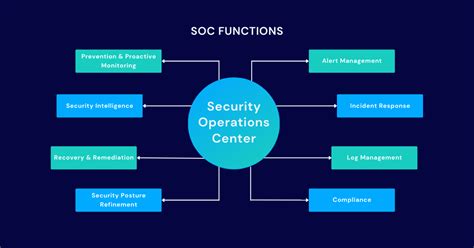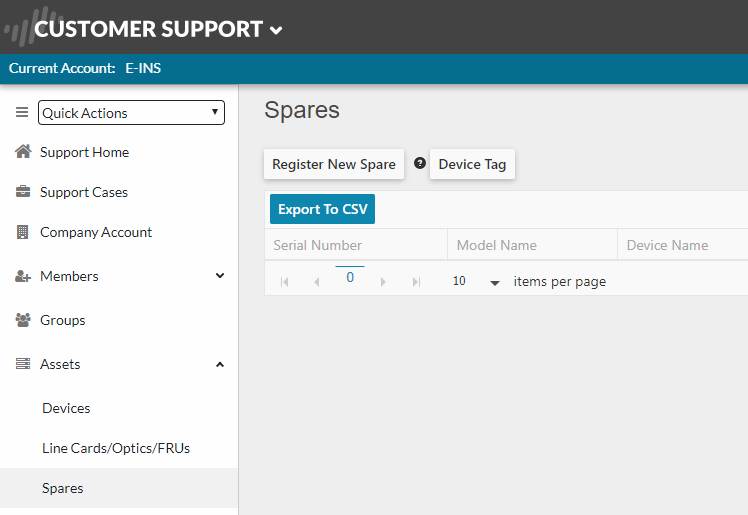Check Firewall Status Now

The concept of checking firewall status is crucial in today’s digital landscape, where security threats are omnipresent and can compromise even the most secure systems. Firewalls are a primary line of defense, acting as barriers that control incoming and outgoing network traffic based on predetermined security rules. They are essential for preventing unauthorized access to or from a private network while allowing authorized communication.
Understanding Firewalls
Before diving into how to check the firewall status, it’s essential to understand what firewalls are and how they operate. Firewalls can be software-based, hardware-based, or a combination of both. Software firewalls are installed on individual computers and can be customized to control traffic based on specific applications or services. Hardware firewalls, on the other hand, are built into network devices like routers and offer a more comprehensive layer of protection for the entire network.
Why Check Firewall Status?
Checking the firewall status is vital for several reasons: 1. Security Breaches: Ensuring the firewall is enabled and properly configured helps prevent malicious attacks and unauthorized access. 2. Performance Issues: Sometimes, misconfigured firewalls can cause connectivity issues or slow down network speeds. 3. Compliance: In professional environments, maintaining a secure network is not just a best practice but a requirement for compliance with various data protection regulations.
How to Check Firewall Status
The steps to check firewall status vary depending on the operating system (OS) of your device:
For Windows Users:
Via Control Panel:
- Go to
Control Panel>System and Security>Windows Defender Firewall. - Here, you can see if the firewall is turned on or off for private and public networks.
- Go to
Via Settings:
- Open
Settings>Update & Security>Windows Security>Firewall & network protection. - This will show you the status of your Windows Defender Firewall for different network types.
- Open
For macOS Users:
- Via System Preferences:
- Click on
System Preferences>Security & Privacy>Firewall. - You’ll see an option to turn the firewall on or off and access more advanced settings.
- Click on
For Linux Users:
The process can vary depending on the Linux distribution. Generally:
1. Using GUI:
- Many Linux distributions come with a graphical user interface (GUI) to manage firewall settings, often found under system settings or security.
2. Using Terminal:
- You can use commands like sudo ufw status for Ubuntu-based systems to check the status of the Uncomplicated Firewall (ufw).
Best Practices for Firewall Management
- Keep Your Firewall Enabled: Unless you have a specific reason to disable it, keep your firewall turned on at all times.
- Regularly Update Firewall Rules: Ensure that your firewall rules are up to date and aligned with your current network configuration and security policies.
- Monitor for Alerts: Regularly check for any firewall alerts or logs to identify potential security threats.
- Use a Combination of Firewalls: Consider using both hardware and software firewalls for enhanced security.
Conclusion
Checking the firewall status is a straightforward process that varies slightly depending on your operating system. It’s an essential part of maintaining network security and preventing unauthorized access. By understanding how to check and manage your firewall, you can significantly enhance the security posture of your devices and networks.
What is the primary function of a firewall?
+The primary function of a firewall is to act as a barrier between a trusted network and an untrusted network, such as the Internet. It monitors and controls incoming and outgoing network traffic based on predetermined security rules.
Why is it important to keep the firewall enabled?
+Keeping the firewall enabled is crucial because it helps prevent unauthorized access to your device or network. It blocks malicious traffic and protects against hacking attempts and other cyber threats.
Can I use both hardware and software firewalls together?
+Yes, using both hardware and software firewalls together is a good practice. This layered approach to security provides comprehensive protection, with the hardware firewall protecting the network at the perimeter and the software firewall offering additional, application-specific protection on individual devices.



